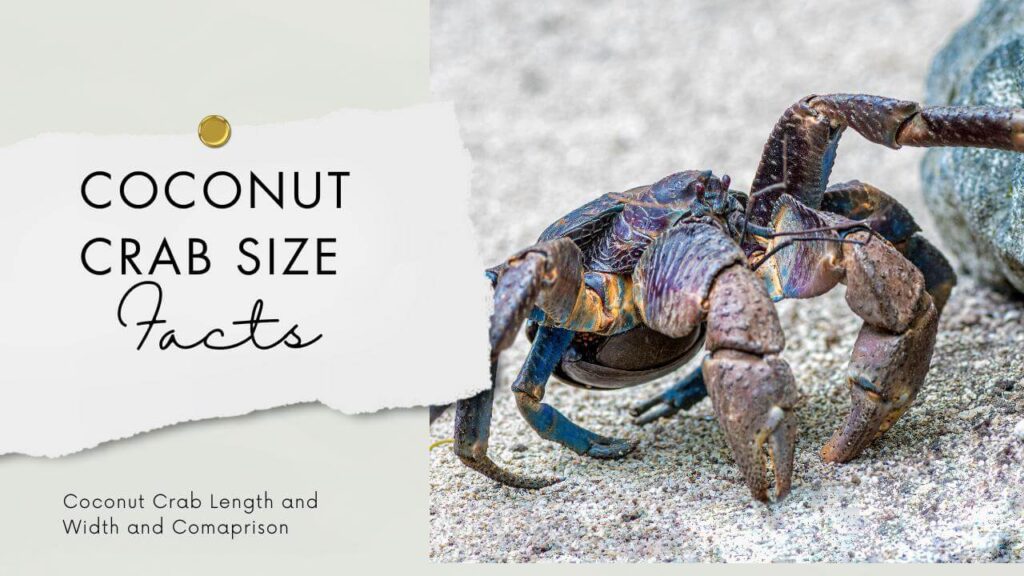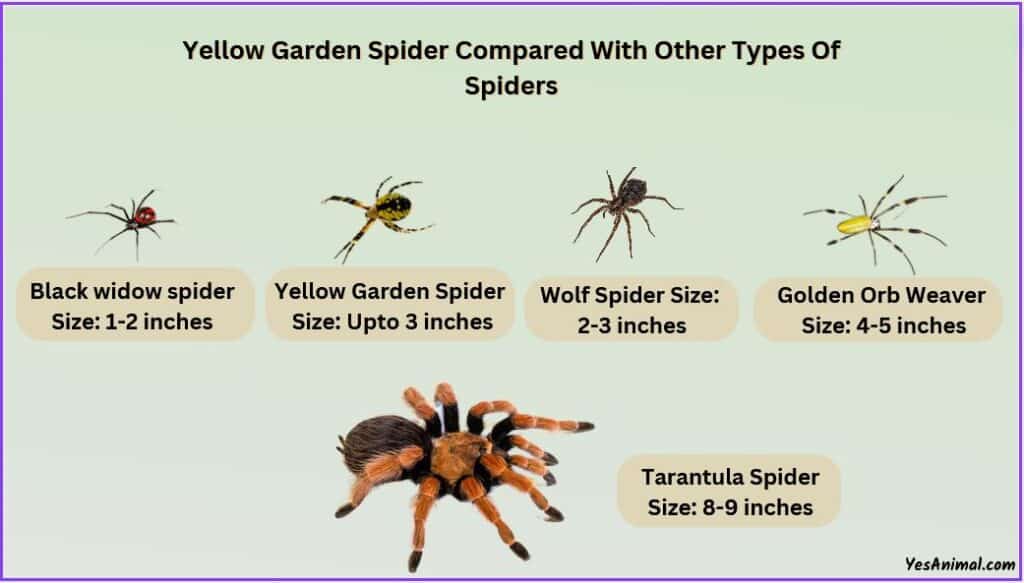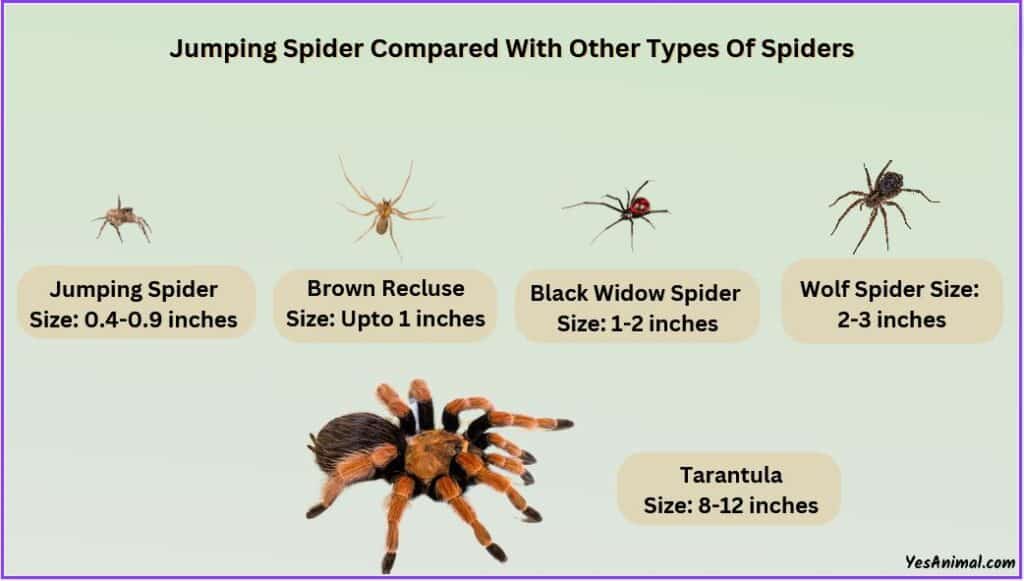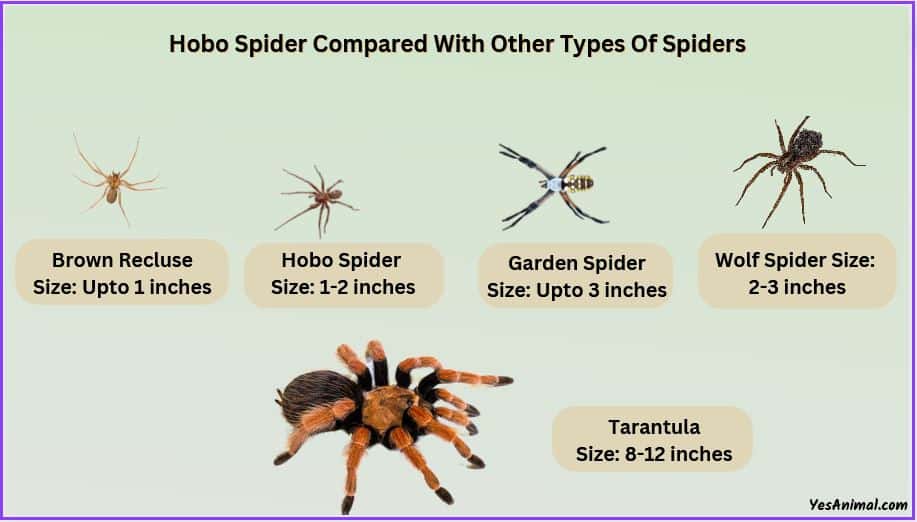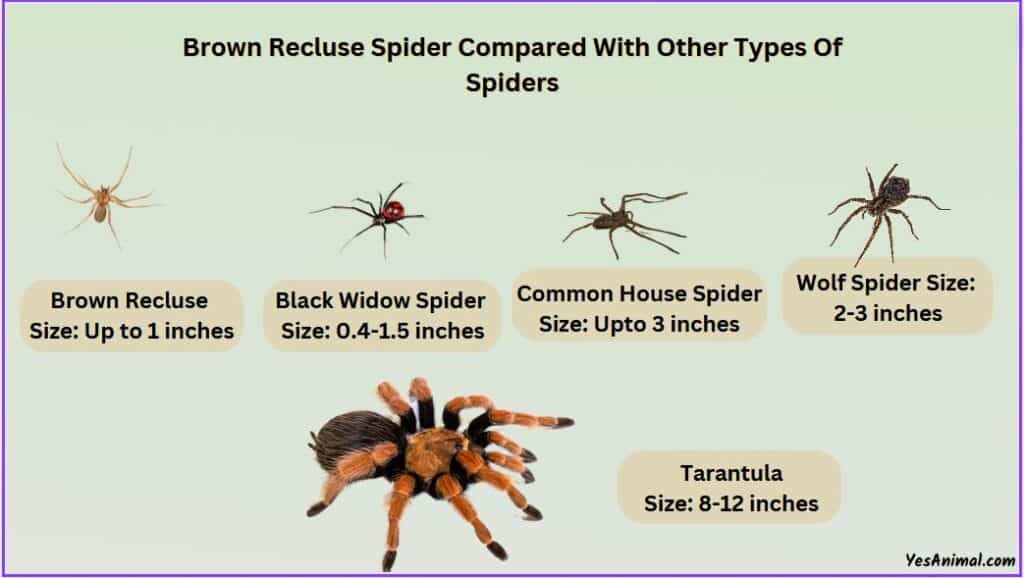Spider Crab: Unveiling the Monster of the Deep with Gigantic Legs! 2024
Imagining the size of a crab is always an awkward business. Are you just referring to the height and width and length of the shell? What about when you take all the legs into account? Because the legs and the width of the legspan is an altogether different matter. That’s especially the case with the […]
Spider Crab: Unveiling the Monster of the Deep with Gigantic Legs! 2024 Read More »

